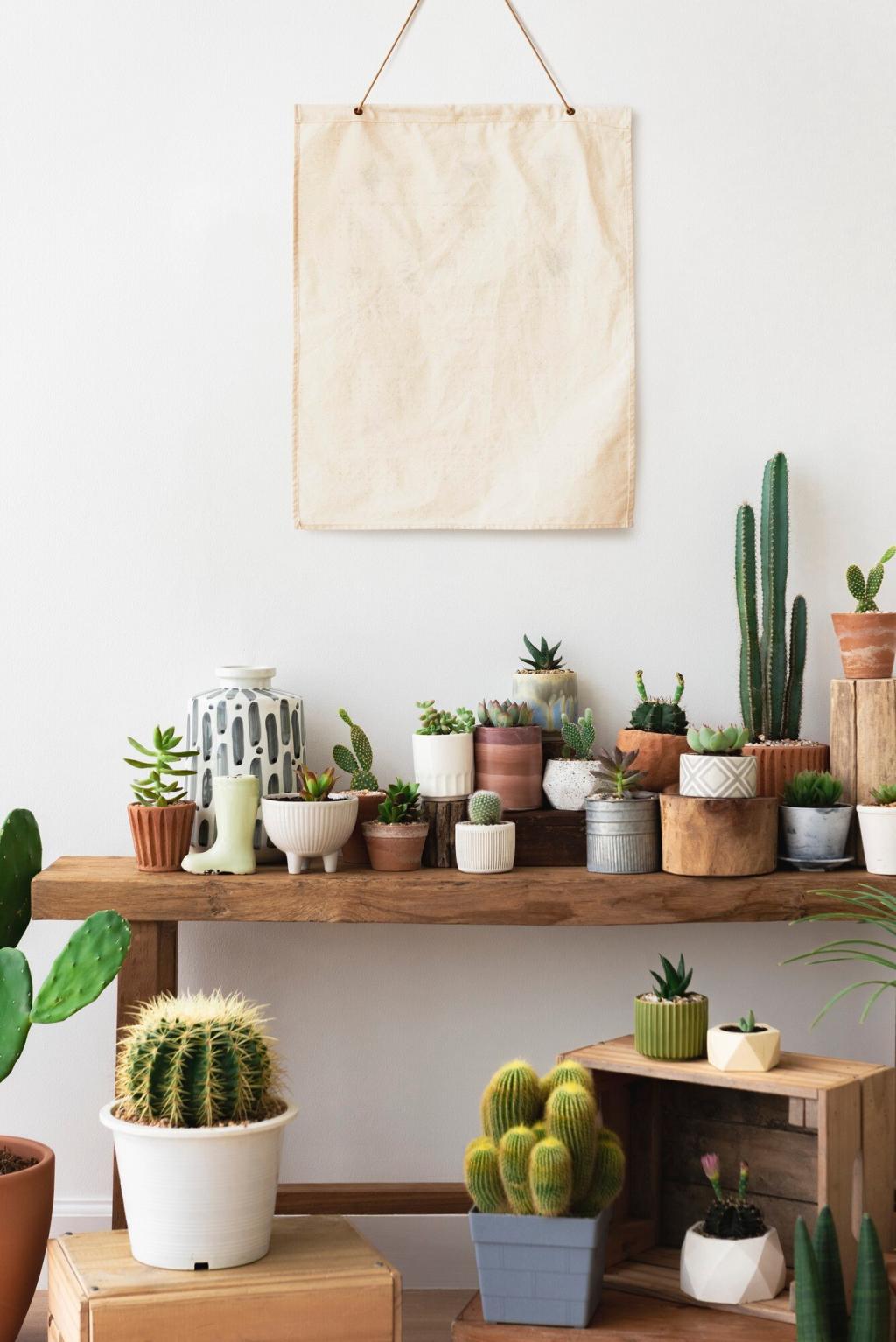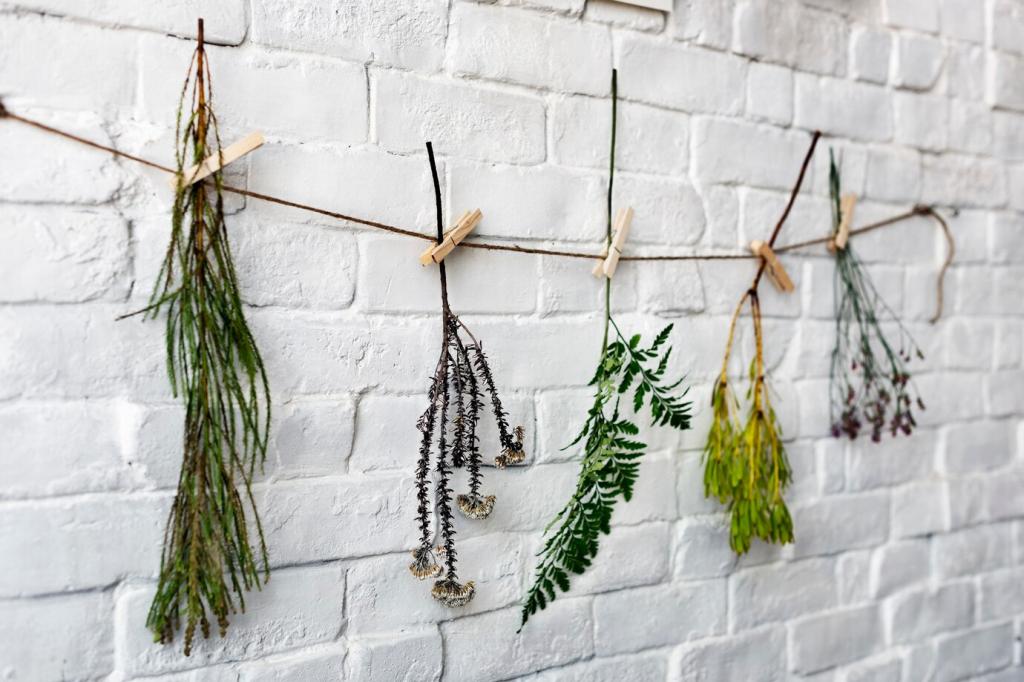Kitchen and Dining Textiles that Cut Waste
Linen or organic cotton napkins replace stacks of paper towels and elevate everyday meals. Keep a small basket by the table for used linens and wash weekly. Tell us how many paper products you’ve replaced since switching to cloth.
Kitchen and Dining Textiles that Cut Waste
Choose tight-weave cotton twill or sturdy linen for tablecloths and tea towels. Pretreat with oxygen-based cleaners, then wash warm. Undyed or yarn-dyed patterns hide marks gracefully between washes and age with a beautiful, lived-in patina.




